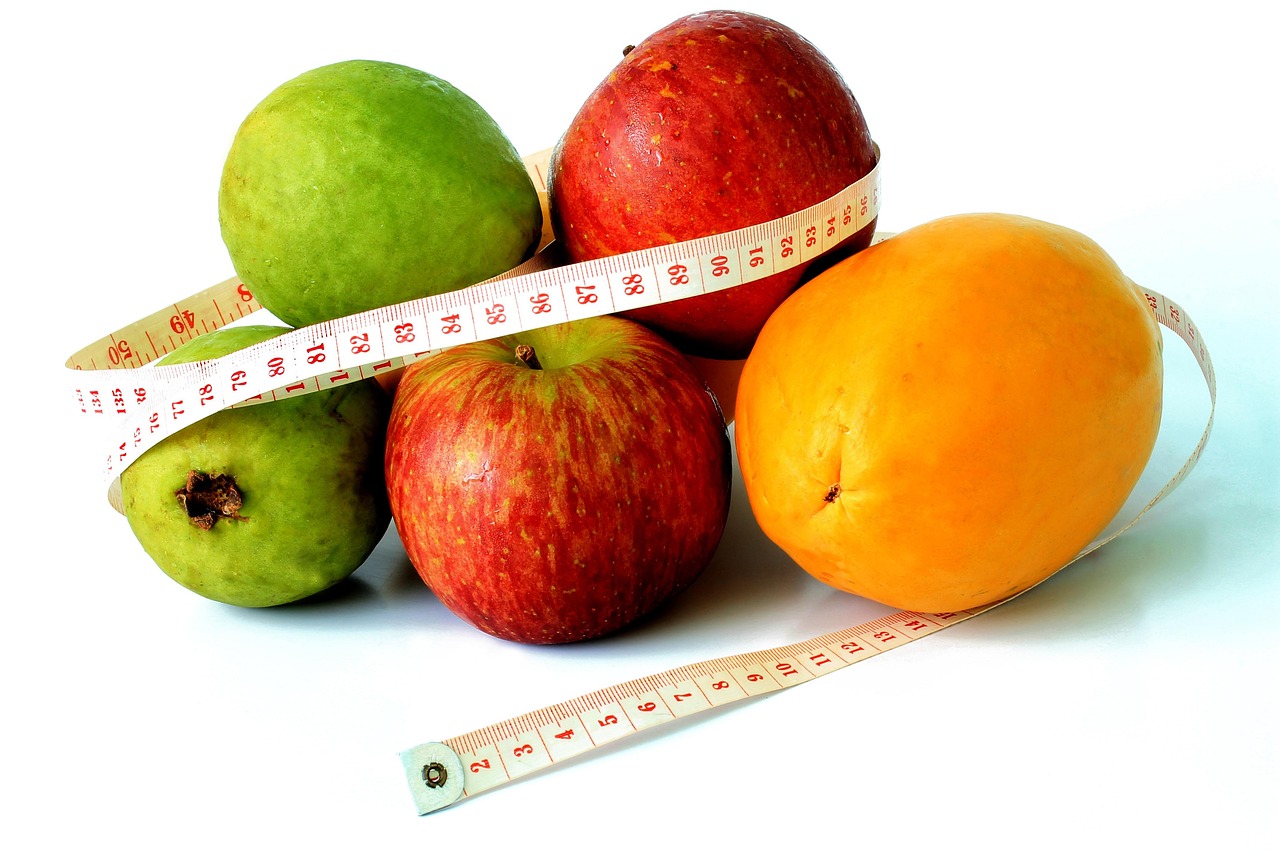HEX to Octal
HEX to Octal is a tool or process that converts hexadecimal (HEX, base-16) numbers into their corresponding octal (base-8) representation. Both HEX and octal are used in computing to represent binary data in a more compact and readable form. They are related to binary (base-2) but differ in their bases—HEX uses 16 symbols (0-9 and A-F) and octal uses 8 symbols (0-7).
HEX to Octal is a tool or process that converts hexadecimal (HEX, base-16) numbers into their corresponding octal (base-8) representation. Both HEX and octal are used in computing to represent binary data in a more compact and readable form. They are related to binary (base-2) but differ in their bases—HEX uses 16 symbols (0-9 and A-F) and octal uses 8 symbols (0-7).
How It Works:
- Convert HEX to Binary: Since both HEX and octal are closely related to binary, the first step is to convert the HEX value into its binary equivalent.
- Convert Binary to Octal: Once the binary value is obtained, it is grouped into 3-bit chunks and then converted into its octal equivalent.
Example of HEX to Octal Conversion:
- HEX:
1F
-
Convert HEX to Binary:
- 1 in HEX →
0001in binary - F in HEX →
1111in binary
So,
1Fin HEX becomes0001 1111in binary. - 1 in HEX →
-
Convert Binary to Octal:
- Group the binary into 3-bit chunks:
000 111 111 - 000 → Octal value
0 - 111 → Octal value
7 - 111 → Octal value
7
So,
1Fin HEX becomes077in octal. - Group the binary into 3-bit chunks:
Example 2:
- HEX:
A3
-
Convert HEX to Binary:
- A in HEX →
1010in binary - 3 in HEX →
0011in binary
So,
A3in HEX becomes1010 0011in binary. - A in HEX →
-
Convert Binary to Octal:
- Group the binary into 3-bit chunks:
010 100 011 - 010 → Octal value
2 - 100 → Octal value
4 - 011 → Octal value
3
So,
A3in HEX becomes243in octal. - Group the binary into 3-bit chunks:
Steps of Conversion:
- Step 1: Convert each HEX digit to its 4-bit binary equivalent.
- Step 2: Group the binary digits into 3-bit chunks.
- Step 3: Convert each 3-bit binary group to its octal equivalent.
Common Uses of HEX to Octal Conversion:
-
Data Representation: Both HEX and octal are commonly used to represent binary data in more compact forms. Converting between these two is useful when analyzing or manipulating data.
-
Programming and Debugging: In low-level programming, memory dumps, or address spaces, developers may need to convert between HEX and octal to better understand the data.
-
Cryptography: In cryptographic systems, both HEX and octal encoding can be used. Converting between these formats can be part of encryption, hashing, or key management.
-
File Systems: Some older file systems use octal to represent file permissions (e.g., UNIX file permissions). Converting HEX to octal may be needed when working with these systems.
Why Use HEX to Octal Conversion?
- Data Interpretation: Converting HEX to octal allows data to be represented in a different, often more compact format, which may be easier to work with depending on the context.
- Compatibility: Some systems or applications may require data in either HEX or octal, so converting between these formats ensures compatibility.
- Efficiency: Octal can be more compact and easier to understand than binary, so converting from HEX to octal can simplify the analysis of data in some contexts.
HEX to Octal converters are typically available in programming environments, debugging tools, and online utilities, facilitating the conversion process between these two number systems.













